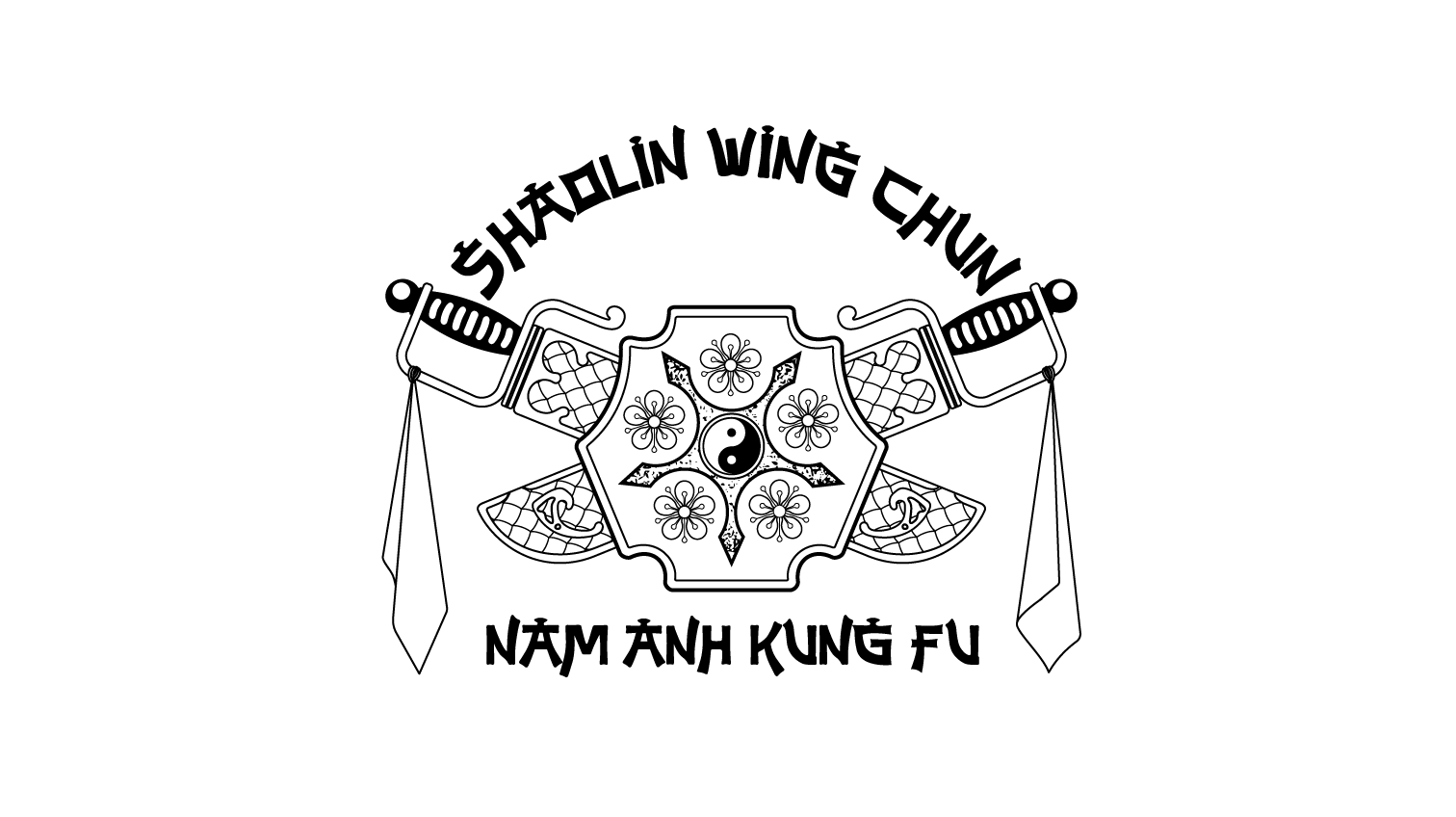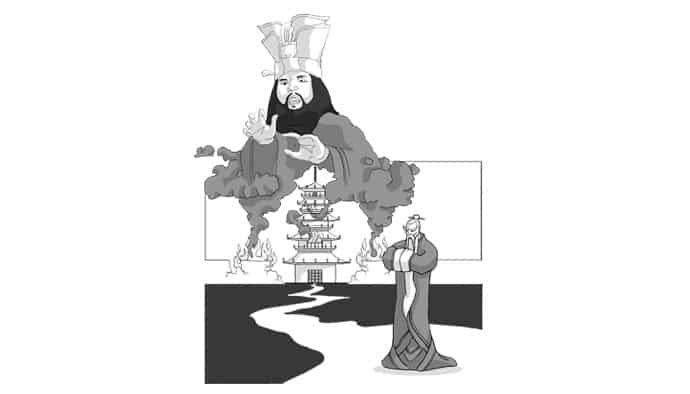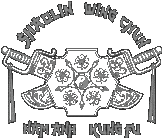This article’s aim is to share with you a few of Grandmaster Nam Anh’s thoughts about the supposed treason of Pak Mei, as portrayed by the official discourse under Qianlung’s reign and widely spread since then.
No matter the type of political regime, reigning authorities have always practiced a control of information that aimed to legitimize and consolidate their power. Imperial China was no exception. The Qing dynasty perfectly illustrates the systematic use of information as a tool of propaganda and information control with ideological and political aims.
The invasion of China by Manchuria removed the upper Ming class from power. The Qing, new masters of the empire, elevated the philosophy of Confucius, dear to the Chinese, to a true state cult. The principle of authority was reiterated. Obedience became a virtue, guaranteeing lasting social peace.
The establishment of official contests marked the reestablishment of good relations between the administration and the Court. During the contests, candidates needed approval from the authorities before obtaining official functions. The well-educated were put to contribution in vast and constant campaigns of indoctrination of the people. Thus, in 1670, the emperor Kangxi, Qianlung’s grandfather, published the « Holy Instructions », a series of 16 maxims aimed to guide the daily behavior of every subject. Magistrates widely spread it through the form of stories, songs, plays, and eventually they became part of the peasants’ daily lives.
To assert their domination, as well as guarantee the respect of the Chinese gentry, the Manchu emperors made themselves into great protectors of letters and financed great intellectual projects. Thus, the famous « Kangxi Dictionary» and a great encyclopedia of 5000 chapters were published. Qianlung began forming a collection of classical Chinese works: canonic literature, historical, philosophical and literary works. Out of about 10 869 works, only 3 697 were deemed worthy of selection. Under this enlightened despotism, a ruthless literary inquisition and omnipresent censorship were in effect. The works that weren’t deemed appropriate by the empire were destroyed, and rogue authors were persecuted and eliminated.
The Qing rewrote Chinese history to make it the only official and acceptable version. Of course, this historical discourse praised the victorious Manchu.
However, recent archeological and historical research put an asterisk on the veracity of that version of history. The discovery of ancient documents and mortuary sites support these critical questions.
The sudden and unexplained death of Emperor Yongzhen (1722-1735) sparks questions to this day. Why was his tomb, contrary to the traditional protocol, built more than 100 kilometers away from his father’s and his grandfather’s tombs? The Imperial Court never specified the cause of his death. Why? The silence of the authorities largely contributed to the propagation of several rumors. Among these rumors is one that stated that the Emperor Yongzhen was assassinated by Lu Siniang, a veritable Chinese legend nicknamed « The Lady with the Pink Cape ». Wanting to avenge the death of her father, who was assassinated by Yongzhen, she was said to have acquired a fantastic formation with Grandmasters of martial arts. Being part of the « knights errant », she had high-caliber martial arts skills that allowed her to run on roofs, rendering her ever-elusive. Legend says she cut the Emperor’s head by throwing a flying guillotine to his head. The flying guillotine was a special weapon made of 3 rotating blades that instantly decapitated the victim. She allegedly used this strategy because Yongzhen, himself a great warrior, was able to kill at a distance using his deep knowledge of high-level energetic techniques. Since no one could get near the Emperor, her only choice was to use that weapon.
Of course, the Qing always denied this, stating that because of his guard, it was impossible for anyone to approach the emperor enough to use such a weapon. A persistent rumor states that a fake head was placed in the monarch’s tomb… And that archeological search confirmed these rumors. The regime still categorically denies these allegations.
Furthermore, according to the official discourse, the destruction of the Shaolin Temple by Qianlung’s troops was made possible by the treason of Pak Mei, one of the Five Elders that survived the massacre. Very angry with his failed attempts to access the post of Great Abbot, it is said that he decided to exact revenge by delivering the Temple to the imperial troops. This version of history was perpetuated by many movies, stories and written works, and thus was never challenged.
Thus, for 2 or 3 centuries, the Pak Mei School was vilified because of this condemnation that stained its reputation.
From a critical point of view, this version raises alarming questions. If Pak Mei truly was a traitor, why didn’t his school flourish under the Qing reign thanks to his new alliance? Why wasn’t there a great increase of Pak Mei disciples? Why wouldn’t the great kung fu schools wage war against Pak Mei as they usually did with traitors?
Today, it is possible to prove that the two books about martial arts written by Qianlung contain several stories that were invented from scratch.
Thus, it is pertinent to question ourselves about the authenticity of the official version of history and to question the supposed treason of Pak Mei…
Pierre Flores
Malcolm St-Pierre



Responses